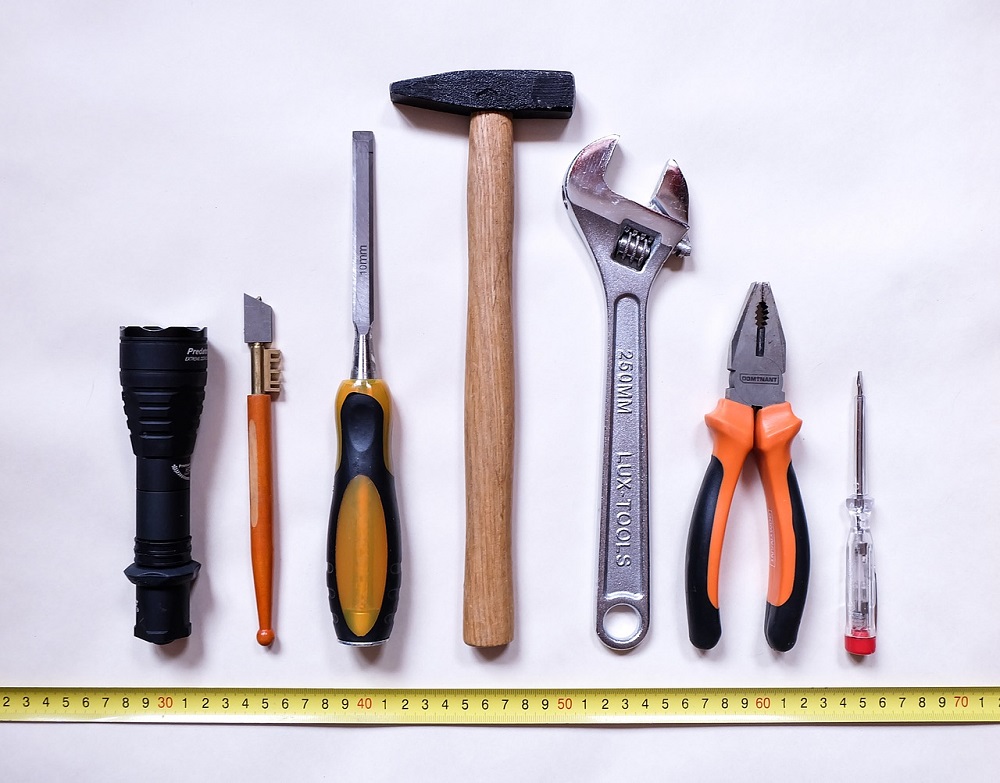A hammering wrench is just a key for many, not all of the people familiar with tools. But the form and application of each instrument, including wrinkles, must be understood to make the most of the use of it. This includes the famous but sometimes misused hammer wrench. They are often referred to as slogging, slugging and wrenches. So what’s a wrench hammer? How does it work? And what are the major variations between the forms of hammer wrenches?
The wrench is not meant to be a hammer despite the name. While it is not unusual that it can be used as such, considering the flat surface of the handle. This is a wrench to be pounded by winding the head around a tear, bolt or a spinning fastener that is too tight for regular wrench to detach. Alternatively, it can be hammered.
Uses of hammering wrench
The key is mainly to hold a nozzle, a bolt or an extension which is stuck to allow loosening of the wrench when the hammer is reached. The use of this type of clamp is to position the clamp around the nozzle, bolt or fixer that has been jammed and tap the handle of the clamp with a hammer.
You will begin with gentle taps and step up the impact until the nut or bolt is loosened. If the wrench is struck to hard so pieces of the nozzle or bolt can be stripped or even destroyed, which makes removal even harder. This means you must be cautious, particularly if you attempt to extract nuts or bolts from the rusty metal pieces.
Ratches are designed to do the same kind of function so that you can remove a nut or bolt for more torque. The value of a slugging wrench is to have an effect that will quickly crack the rust or anything that holds the nozzle or bolt stuck. There is an impact wrench called a power tool which does the same thing. The internal hammering mechanism of the impact wrench or an impact driver is powered by compressed air or an electric engine rather than smashing the handle with a hammer.
Striking wrench
The variations can at first seem slight, but a striking wrist is distinct from a close clamp. This is due to the fact that a striking wrench provides a heavy, square handle, making the use of flange fixtures as a hammer to be more readily grasped, particularly wide fittings that need extra effect to be secure.
Slugging wrench
The slugging wrenches would have a more flat rectangular handle compared to a striking bracket. The rusty, frozen or stamped nuts and bolts are loosened with a limp wrench. You tighten the trimmed arrow around the nozzle or bolt, and pound it with a hammer.
Conclusion
There are good reasons for hammer wrenches, especially if you live in areas of the country that are cold or humid in excess that can exacerbate rusting. A hammer wrench is a simple, sturdy device that can be joined to a good hammer so that tight nuts and boots are loosened if other instruments don’t work.
A decent ratchet collection allows you to loose the nuts and bolts in general. In close spaces, however, the ratchet may not be possible or may not provide enough force to break down the rigid connection. This is the perfect position for a hammer wrinkle. You will place it over the stitched nozzle or bolt and then have ample space to assault it.
